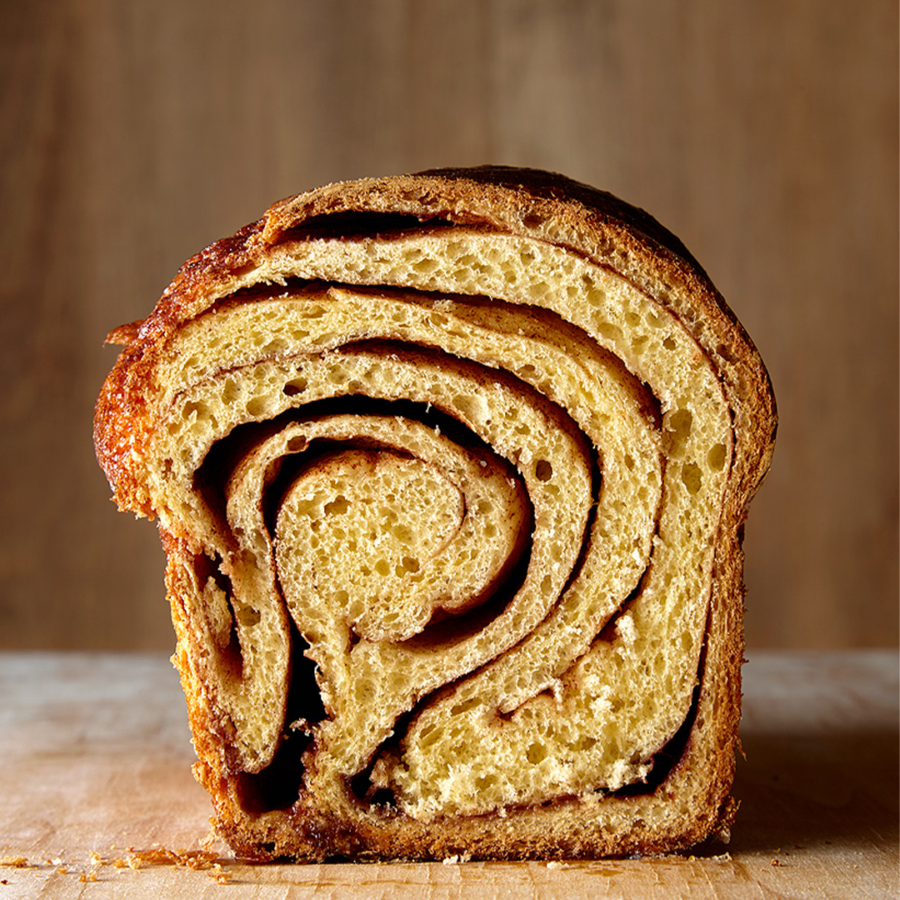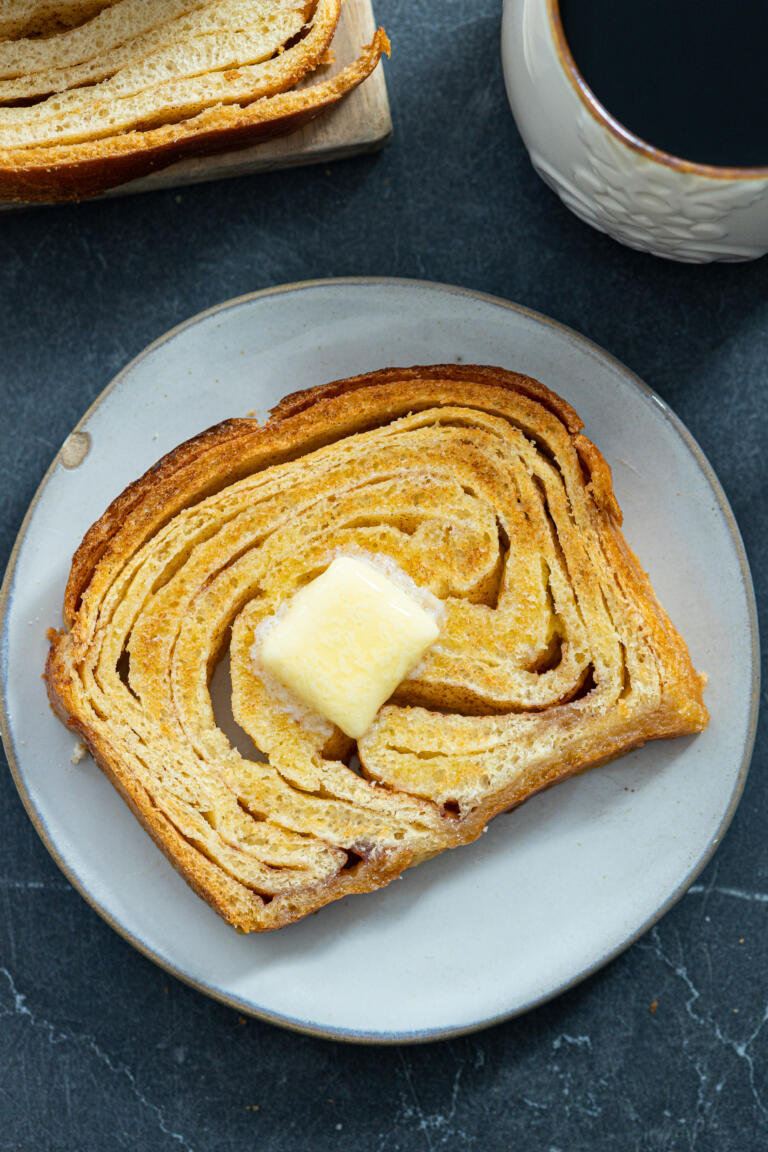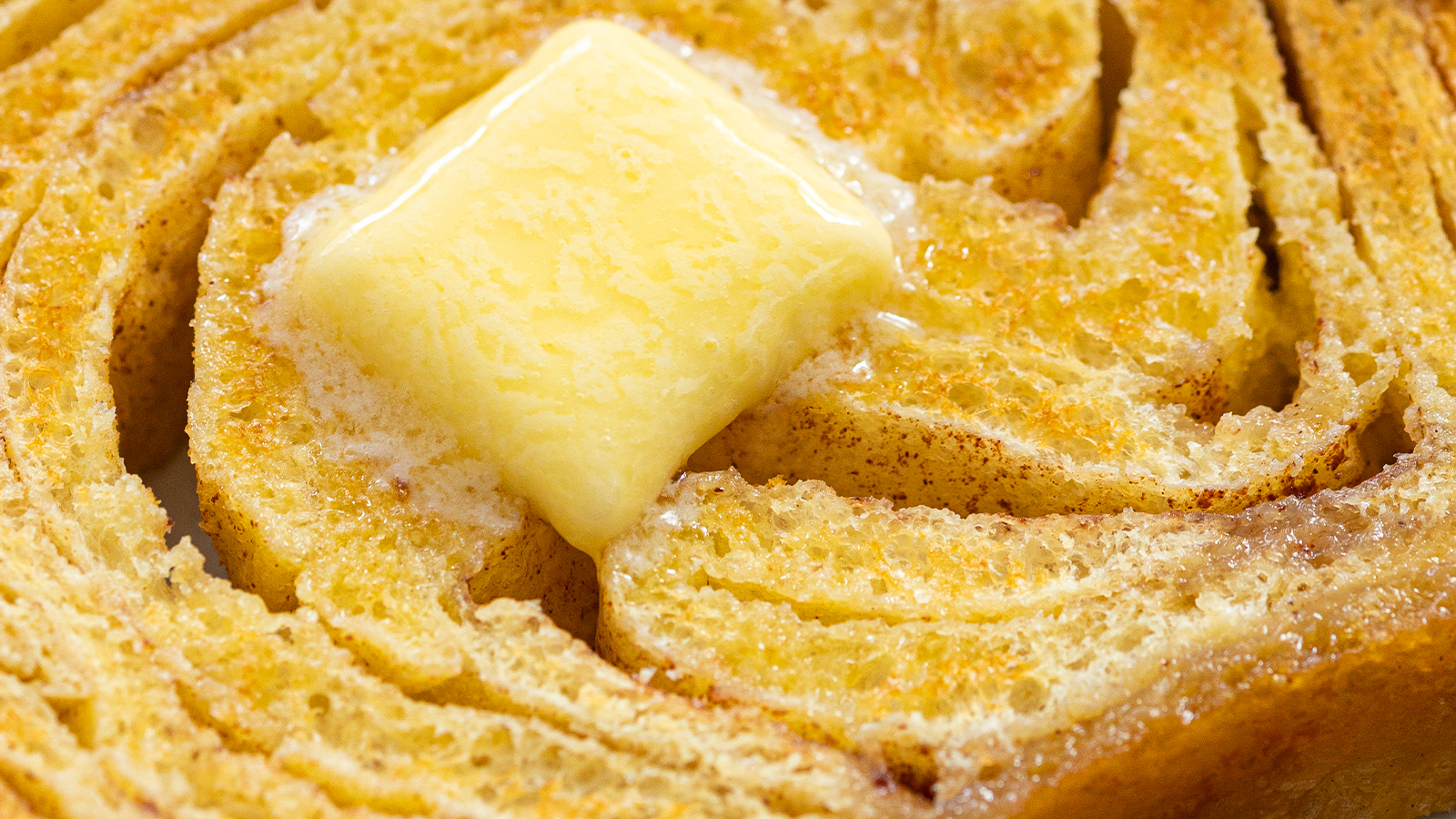This summer, I traveled to Transylvania, on a Birthright-esque tour for young North Americans of Hungarian heritage. Almost everyone I told about the trip made some sort of Dracula joke. I rolled my eyes, knowing the region was much richer than this. But truth be told, I didn’t have too much yet to counter with.
Here’s the history book version: Transylvania, now part of Romania, belonged to Hungary for more than a thousand years. It’s far larger than I had imagined – at around 100,000 square kilometers, the region is bigger than the whole of present-day Hungary itself, which ceded the region to Romania after WWI. There are currently around one million ethnic Hungarians who still live in Transylvania. The community speaks the language and passionately keeps their customs alive, from music to dance to crafts and, of course, food.
And my version? It was easy to fall in love with Transylvania. From the moment I clambered off the small, tinny plane from Budapest at the small regional airport in Marosvásárhely, I was taken by its beauty. Rows and rows of golden sunflowers, framed by the verdant hills and rugged peaks of the Apuseni Mountains rolled by as we headed for our bed and breakfast. We spent a week learning about the Hungarian community in Romania, hiking, exploring cavernous salt mines and lakes, taking in medieval frescos and wandering cobblestoned streets.
We also ate well — very well.
The Nosher celebrates the traditions and recipes that have brought Jews together for centuries. Donate today to keep The Nosher's stories and recipes accessible to all.

Growing up, many of our cherished family recipes were very traditionally Hungarian (with a twist, to make them kosher), and the rich goulash, tender chicken paprikash and juicy stuffed cabbage we ate on the trip were familiar. Truth be told, aside from the dizzying assortment of wild blueberry and rosehip jams, I wasn’t really focused on dessert.
That is, until I tried a pastry called somodi kalács in a tiny village called Torockó. Lightly sweet and yeasted, with a cinnamon swirl, it’s as if cinnamon-raisin bread and babka had a baby. While every meal served by our grandmotherly hosts left us stuffed, I loved the folded bread so much that our guide got the inn to pack us a honey-glazed loaf to go.
Transylvania was home to a sizable Hungarian-Jewish population. In 1910, according to The Museum of the Holocaust in Northern Transylvania, the Jewish population numbered above 64,000. By World War I, Hungary itself had the second largest Jewish population in Europe at almost one million. By this time YIVO’s Encyclopedia of Eastern European Jews notes Jews were “fervently assimilated” to the language and culture (and, rather sadly, looking back now), “passionately identified with Hungarian nationalism.”
Upon my return home to Los Angeles, I made it my mission to find somodi kalács. I knew that Jewish immigrants to the U.S. and Israel popularized other classic pastries from Hungary, such as chimney cakes and monkey bread (aka aranygaluska), and was hopeful I’d succeed.
While I haven’t (yet) found somodi kalács in my city, I discovered that it’s available at Zingerman’s Bakehouse, the iconic Jewish bakery in Ann Arbor, Michigan.
Like me, the Zingerman team tried somodi kalács for the first time in Torockó. The recipe, they found, dates back 400 years, when the village was a flourishing mining town, whose residents could afford the luxury of cinnamon and sugar. It’s typically served for Christmas, Easter and Pentecost, and until the 20th century, Zingerman’s notes, somodi kalács was the customary wedding cake. Theirs is a pretty traditional version. However, like my own great grandmother would do often, they sub the traditional lard for butter when greasing the pans, explained Managing Partner Amy Emberling.
At Zingerman’s, Emberling told me, it’s a beloved special item that they only bake a couple days each year. “Customers order many loaves of it and stock them in their freezer,” she said. And it’s not uncommon for customers to “let us know that they have not seen this since their childhood days in Hungary.”
It’s also not uncommon to see patrons shed happy tears. I may have felt like shedding a couple happy tears myself when she shared their recipe.
Recipe courtesy of Zingerman’s Bakehouse Cookbook.

Somadi Kalács Recipe
A lightly sweetened Transylvanian cinnamon swirl bread.
- Total Time: 3 hours 30 minutes
- Yield: 1 loaf
Ingredients
- ½ cup + 1 Tbsp (125 g) water, room temperature
- 4 egg yolks
- 2 Tbsp corn oil
- 2 Tbsp honey
- 1 ¾ tsp (5g) instant yeast
- 2 ⅓ cups (325 g) all-purpose flour
- ¾ tsp sea salt
- 2 tsp ground cinnamon
- ⅔ cup (165 g ) granulated sugar
- melted butter, for brushing dough
For the egg wash:
- 1 large egg
- 1 egg yolk
- 1 Tbsp water
Instructions
- In a large bowl, combine the water, egg yolks, corn oil, honey, yeast and half of the flour. Mix with a wooden spoon until the mixture becomes a thick batter. Add the remaining flour and sea salt and mix until the dough becomes a shaggy mass. Scrape the dough out of the mixing bowl onto a clean, unfloured work surface.
- Knead the dough for 6-8 minutes. Scrape down the work surface as necessary; the dough will become smooth and elastic during the kneading process.
- Put the dough into a lightly oiled bowl and cover with plastic. Ferment the dough for 1 hour at room temperature. Combine the cinnamon and sugar in a small bowl.
- After 1 hour, turn the dough out of the bowl onto a well-floured surface and use a rolling pin to roll it out to a 13-by-15-inch (33-by-38-cm) rectangle. Position the dough in a landscape orientation (with the long side facing you), and brush the entire surface with melted butter. Place half the total cinnamon sugar on the buttered surface and spread it across the dough.
- Fold the long edges at the top and bottom of the dough so that they meet along the middle of the length of the rectangle. Brush the newly exposed surface with more melted butter and about half of the remaining cinnamon sugar.
- Grab the left side of the dough and fold it two-thirds of the way over to the right. Brush butter onto the newly exposed surface and rub half of the remaining cinnamon sugar on it. Fold the right side of the dough over to the left. Turn the dough 90 degrees counterclockwise. Brush the surface with melted butter and spread the remaining cinnamon sugar on this surface.
- Beginning at the side closest to you, roll the dough into a cylinder. Place the loaf with the seam side down in a 4-by-8-inch (10-by-20-cm) metal loaf pan that has been brushed on the inside with melted butter.
- Make the egg wash by beating together the egg, egg yolk and water. Brush the loaf with some of the egg wash and allow it to proof in a draft-free area for 1½-2 hours, or until it has risen significantly in the loaf pan and responds properly to the touch test.
- Preheat the oven to 335°F (168°C).
- When the loaf is fully proofed, brush it with egg wash a second time and lightly score the surface with a paring knife in three spots to prevent air gaps. Bake for 15 minutes, then reduce the oven temperature to 320°F (160°C) and bake for another 25 minutes. Using a meat thermometer, take the temperature of the loaf. Remove it from the oven at 195-200°F (90-93°C). Let cool for at least 20 minutes before removing from the pan. Remove carefully, placing it onto parchment paper or aluminum foil.
- Prep Time: 20 minutes + 2 hours 30 minutes proofing
- Cook Time: 40 minutes
- Category: Dessert
- Method: Baking
- Cuisine: Ashkenazi




Thanks for this recipe but mostly thanks for your article. I too come from Transylvania roots. Best to you!
¡Fantástica receta!
Than you for this recipe. I am also of Transylvanian heritage. Your article takes me back to being a young girl, going to my grandparents house each Sunday. There my grandmother had stuffed cabbage (hulupchas) the Hungarian word for it and chicken paprikash. If I think really hard, I can conjure up the aromatic aromas.
Hey there, myjewishlearning.com is yours…
Wonderful recipe